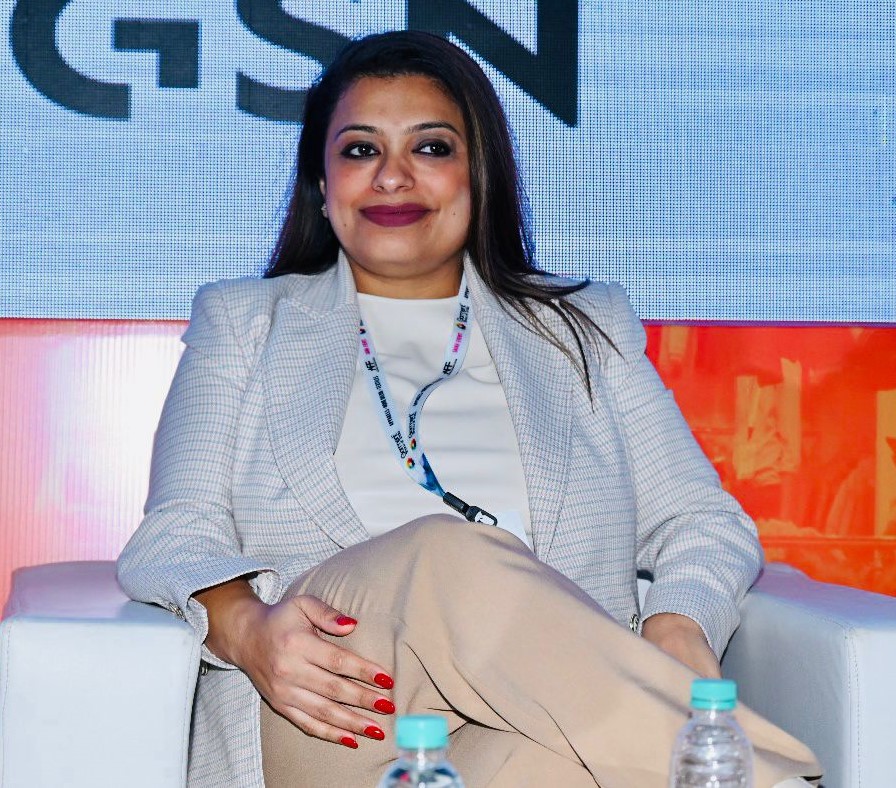PS: Is the China plus One policy benefiting India? If yes, why? If no, why not?
Jasveen: While India presents substantial opportunities in the textile and apparel sector, I have to say the policy hasn’t worked as well as hoped. Despite our strengths and government initiatives, the industry hasn’t fully leveraged its potential. Issues like fragmented garment manufacturing and challenges in cost-effectiveness have stunted growth. Unlike some sectors that have thrived due to shifts away from China, the apparel industry still needs more standardization, additional PLI schemes, and stricter discipline to flourish.
Take, for example, the MMF PLI scheme launched in 2020. It aimed to boost man-made textile and apparel production and enhance global competitiveness. The government approved 64 out of 67 investment applications. However, only a few small plants have been established, and many companies withdrew their applications. Key textile companies were absent from this program, resulting in missed business opportunities.
Overall, our supply chain partners haven’t been able to offer the innovative textiles, required capacities, or competitive costs needed, leading to significant orders moving to other countries. We remain heavily reliant on China, Taiwan, and Korea for raw materials.
PS: Does this mean India’s share in apparel will continue to decline? What are the main reasons?
Jasveen: I don’t believe India’s share will decrease, but growth may stagnate. Our competitive advantage lies in our unique strengths, capabilities, and flexibility. Rather than mimicking other nations like Bangladesh and Vietnam, we should capitalize on our own strengths. Our strategy should focus on enhancing distinctive skills, expanding capacities, increasing automation, and catering to specific brand demands. For instance, India’s exceptional talent in trend and design allows us to deliver high-quality products while maintaining design integrity.
PS: Buyers emphasize innovation for survival, while manufacturers stress the need for cost-effectiveness. With rising costs due to the red sea crisis and a slowdown in orders, what is the solution for Indian exporters?
Jasveen: Indian apparel companies must scale up, automate, and enhance competitiveness across all manufacturing aspects, particularly in integration (both forward and backward).
We need to bolster initiatives that promote Indian cotton through branding, traceability, modernization, and certification, targeting premium export segments. Kasturi Cotton is a promising initiative in this direction.
We should pursue year-round programs and diversify into synthetic base qualities, allowing manufacturers to operate continuously and generate more business. Supply chain partners must adapt to the fast-paced demands of the fast fashion industry, including major players like Walmart, Zara, H&M, Gap, and online retailers like Amazon, to benefit.
PS: Is achieving $40 billion in exports realistic? How can we accomplish this?
Jasveen: Achieving this goal is certainly within reach. We need to focus on manufacturing excellence, responsible and sustainable production, leveraging technological advancements (automation), and ensuring product and process reliability.
It’s crucial to negotiate non-tariff barriers in proposed FTAs with partners like the UK and the EU for tangible gains. We must also expedite business creation through these FTAs.
The PLI scheme, along with the PM Mega Integrated Textile Region and Apparel (MITRA) schemes, are poised to strengthen India’s global apparel trade presence. These initiatives will facilitate capacity expansions, provide scale benefits, and fortify India’s position in the man-made fiber (MMF) value chain.
Additionally, Bangladesh’s wage hike of 35 to 40 percent, coupled with high inflation, could create opportunities for India. Our mills should continuously study global trends and innovate new fabric ideas monthly.
- Limited Success: India’s textile and apparel industry hasn’t fully capitalized on the China Plus One policy despite significant opportunities.
- Challenges: Fragmented garment manufacturing and cost-effectiveness issues are major obstacles.
- MMF PLI Scheme: Launched in 2020 to boost man-made textiles but failed to achieve desired results; only a few small plants set up, and many companies withdrew.
On Cost-Effectiveness and Innovation:
- Build Scale and Competitiveness: Indian apparel companies need to scale up, automate, and enhance competitiveness, especially in integration (forward and backward).
- Promote Indian Cotton: Strengthen branding, traceability, modernization, and certification of Indian cotton, targeting premium export segments (e.g., Kasturi Cotton).
- Year-Round Programs: Diversify into synthetic base qualities for continuous factory operation and increased business.
- Adapt to Fast Fashion: Supply chain partners must meet the fast-paced demands of major fast fashion industry players like Walmart, Zara, H&M, Gap, and Amazon.
On Achieving $40 Billion in Exports:
- Realistic Goal: Achieving $40 billion in exports is realistic with the right strategies.
- Focus Areas: Emphasize manufacturing excellence, sustainable production, leveraging technological advancements (automation), and ensuring product/process reliability.
- Negotiating FTAs: Important to negotiate non-tariff barriers in FTAs with partners such as the UK and the EU.
- Continuous Innovation: Indian mills should continuously study global trends and innovate new fabric ideas regularly.

